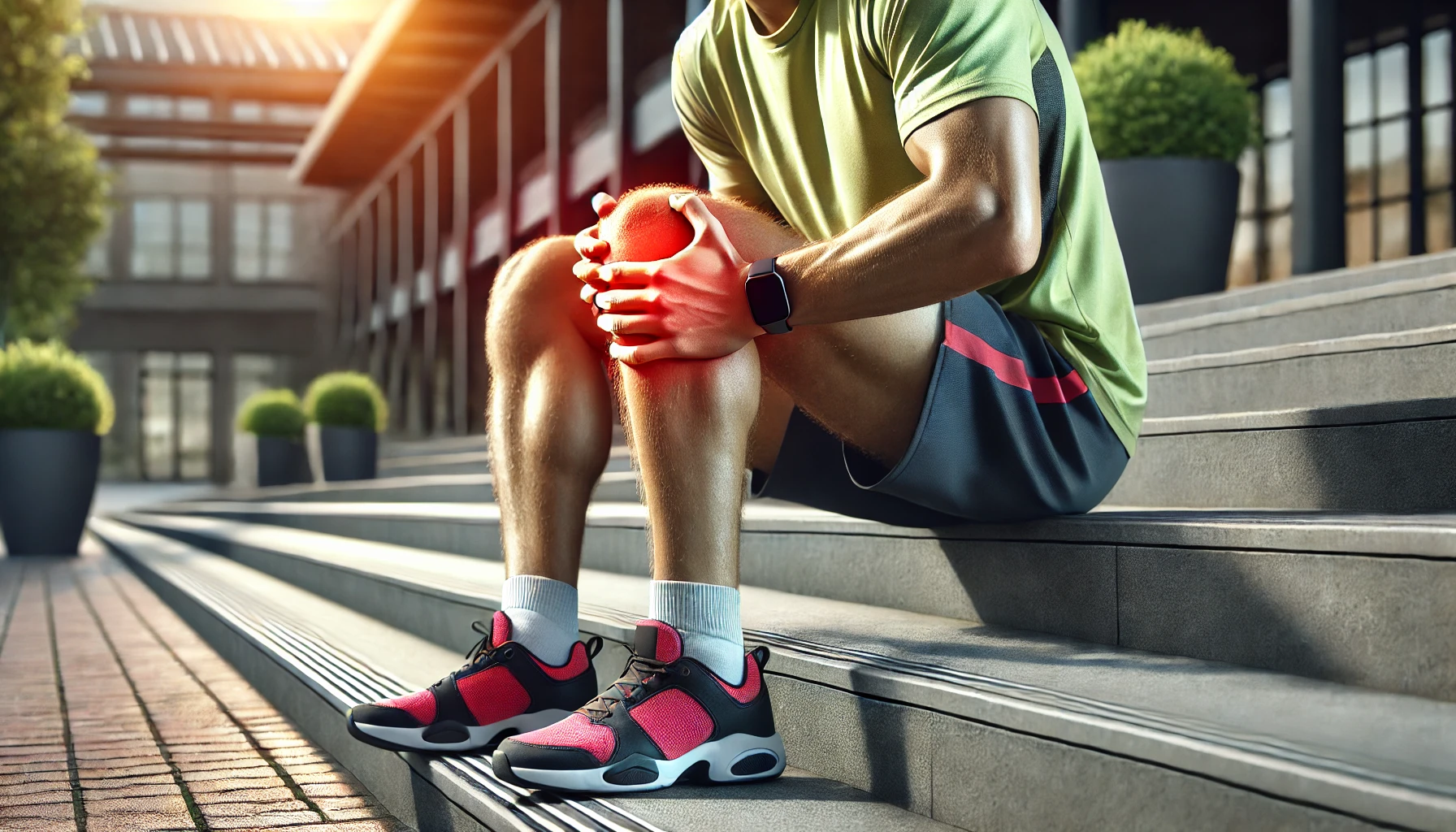Iliotibial Band Syndrome: An overview
This post was written with Consensus AI Academic Search Engine – please read our Disclaimer at the end of this article. Iliotibial Band Syndrome is a prevalent condition among athletes that can significantly impact performance and quality of life. Understanding the causes and symptoms of ITBS is crucial for effective management. A combination of conservative treatments, manual therapies, and, in some cases, invasive interventions can help alleviate pain and improve function. Further research is needed to standardize treatment protocols and optimize outcomes for individuals suffering from ITBS.
Iliotibial Band Syndrome (ITBS) is a common overuse injury that affects athletes, particularly runners and cyclists. It is characterized by pain on the lateral side of the knee, which is caused by the iliotibial band (ITB) repetitively rubbing against the lateral femoral condyle during knee flexion and extension. This article provides an overview of ITBS, including its causes, symptoms, and various treatment options.
Causes
ITBS is primarily caused by repetitive knee movements, which are common in activities such as running and cycling. The repetitive motion leads to friction between the ITB and the lateral femoral condyle, resulting in inflammation and pain. Factors contributing to ITBS include:
- Hip Abductor Weakness: Studies have shown that long-distance runners with ITBS have weaker hip abductor strength in the affected leg compared to their unaffected leg and healthy runners2.
- Tightness of the ITB: Tightness in the ITB has been associated with patellofemoral pain syndrome (PFPS), indicating a potential link between ITB tightness and knee pain4.
Symptoms
The primary symptom of ITBS is pain on the lateral side of the knee, which typically worsens with activity. Other symptoms may include:
- Swelling or thickening of the ITB
- Pain that radiates up the thigh or down the leg
- A clicking or snapping sensation on the outside of the knee
Treatment Options
Several treatment options are available for managing ITBS, ranging from conservative therapies to more invasive interventions. Key treatment approaches include:
Conservative Treatments
- Exercise Rehabilitation: Different exercise programs, including ITB stretching, conventional exercises, and hip strengthening exercises, have been evaluated for their effectiveness in reducing ITBS symptoms. Hip strengthening exercises have shown consistent improvements in outcome measures1.
- Self-Myofascial Release: Using foam rollers for self-myofascial release has been found to be effective in relieving pain and improving ITB flexibility in cyclists3.
- Functional Motor Control Exercises: These exercises have been shown to be superior to therapeutic exercises in terms of pain reduction, function improvement, and muscle strength in wrestlers with ITBS9.
Manual and Physical Therapies
- Deep Transverse Frictions: This technique, combined with stretching and ice therapy, has been effective in reducing pain during running in athletes with ITBS5.
- Radial Extracorporeal Shockwave Therapy (RSWT): RSWT has been compared with manual therapy, and both treatments were found to be equally effective in reducing pain in runners with ITBS6.
- Phonophoresis: This method uses ultrasound to transport hydrocortisone into subcutaneous tissues and has been shown to be more effective than knee immobilization in treating ITBS10.
Invasive Treatments
- Corticosteroid Injections: Local corticosteroid injections have been found to effectively decrease pain during running in patients with recent onset ITBS7.
- Dry Needling: This technique has been compared with shockwave therapy, and both methods were found to significantly improve pain and function in patients with ITBS8.
Disclaimer
The content presented in this blog is generated by Consensus, an AI-powered academic search engine, and is based on publicly available scientific literature. While every effort is made to provide accurate, up-to-date, and well-researched information, the content is intended for informational and educational purposes only. It does not constitute medical advice, diagnosis, or treatment. Always consult a qualified healthcare professional before making any decisions regarding medical conditions, treatments, or medications. The AI system’s analysis may not cover all perspectives, emerging research, or individual cases, and it is not a substitute for professional expertise. Neither the blog publisher nor the developers of the AI-powered search engine are responsible for any actions taken based on the information provided in this content. Use of this information is at your own risk. Citations to the original scientific studies are included for reference, but these studies should be reviewed in full and interpreted with the guidance of a healthcare or research professional.
If you are experiencing a medical emergency, please seek immediate attention from a healthcare provider.
